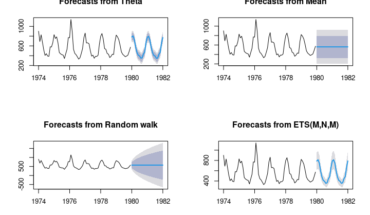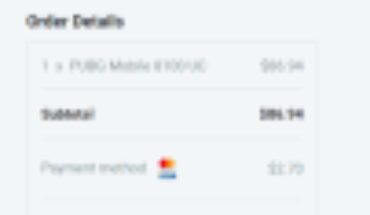
[This article was first published on DataGeeek, and kindly contributed to R-bloggers]. (You can report issue about the content on this page here)
Want to share your content on R-bloggers? click here if you have a blog, or here if you don’t.
Donald Trump’s recent election win has sparked a rapid surge in sectors like Financials. Barclays calls this a clear reflection of the “Trump playbook,” trends seen in 2016. According to this, the iShares Global Financials ETF seems to have room to continue the uptrend.
Source code:
library(tidyverse)
library(tidyquant)
library(timetk)
#iShares Global Financials ETF (IXG) Stock Price
df_ixg <-
tq_get("IXG") %>%
select(date, ixg = close)
#2016 term
df_ixg_2016 <-
df_ixg %>%
filter(date >= as.Date("2016-10-29"),
date <= as.Date("2016-12-08")) %>%
mutate(ixg = round(ixg / subset(., date=="2016-11-08")[["ixg"]] * 100),
symbol = "2016") %>%
mutate(
days_from_election = as.integer(date - as.Date("2016-11-08")),
t_label = ifelse(
days_from_election == 0,
"t",
ifelse(
days_from_election > 0,
paste0("t+", days_from_election),
paste0("t", days_from_election)
)
)
) %>%
select(t_label, symbol, ixg) %>%
mutate(t_label = factor(t_label, levels = .$t_label))
#2024 term
df_ixg_2024 <-
df_ixg %>%
filter(date >= as.Date("2024-10-26"),
date <= as.Date("2024-11-13")) %>%
mutate(ixg = round(ixg / subset(., date=="2024-11-05")[["ixg"]] * 100),
symbol = "2024") %>%
mutate(
days_from_election = as.integer(date - as.Date("2024-11-05")),
t_label = ifelse(
days_from_election == 0,
"t",
ifelse(
days_from_election > 0,
paste0("t+", days_from_election),
paste0("t", days_from_election)
)
)
) %>%
select(t_label, symbol, ixg) %>%
mutate(t_label = factor(t_label, levels = .$t_label))
#Merging the datasets
df_merged <-
bind_rows(
df_ixg_2024,
df_ixg_2016
)
#Plot
df_merged %>%
ggplot(aes(t_label, ixg, col = symbol)) +
geom_line(linewidth = 1.5, aes(group = symbol)) +
ggrepel::geom_text_repel(
data = . %>% slice_tail(n = 1, by = symbol),
aes(label = ixg),
hjust = 1,
vjust = 1,
nudge_x = 0.5,
size = 8,
fontface = "bold",
family = "Roboto Slab"
) +
scale_color_manual(
values = c("2024" ="darkorange","2016" = "navyblue")
) +
scale_x_discrete(expand = expansion(mult = c(.1, .1)),
breaks = c(as.factor("t-8"),
as.factor("t"),
as.factor("t+8"),
as.factor("t+30"))) +
geom_vline(xintercept = "t",
size = 1.5,
linetype= "dashed",
color = "red") +
labs(
x = element_blank(),
y = element_blank(),
subtitle = "US Election Date
Daily Index: (t = 100)",
title = "iShares Global Financials ETF
2024 vs. 2016"
) +
theme_minimal(
base_family = "Roboto Slab"
) +
theme(
panel.grid = element_blank(),
panel.grid.major.x = element_line(linetype = "dashed", color = "gray"),
panel.grid.major.y = element_line(linetype = "dashed", color = "gray"),
plot.subtitle = ggtext::element_markdown(face = "bold",size = 18),
plot.title = ggtext::element_markdown(face = "bold", size = 20),
axis.text = element_text(face = "bold", size = 18),
plot.background = element_rect(fill = "azure", color = "azure"),
legend.position = "none"
)
Related





